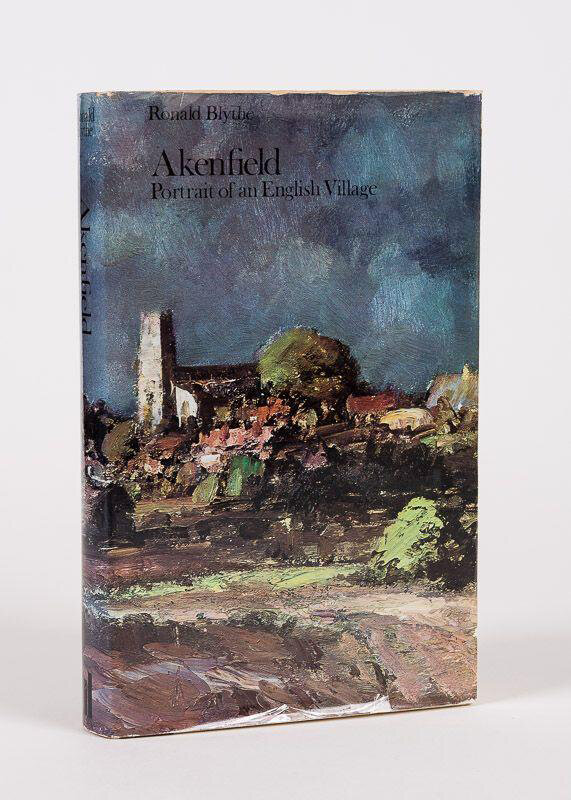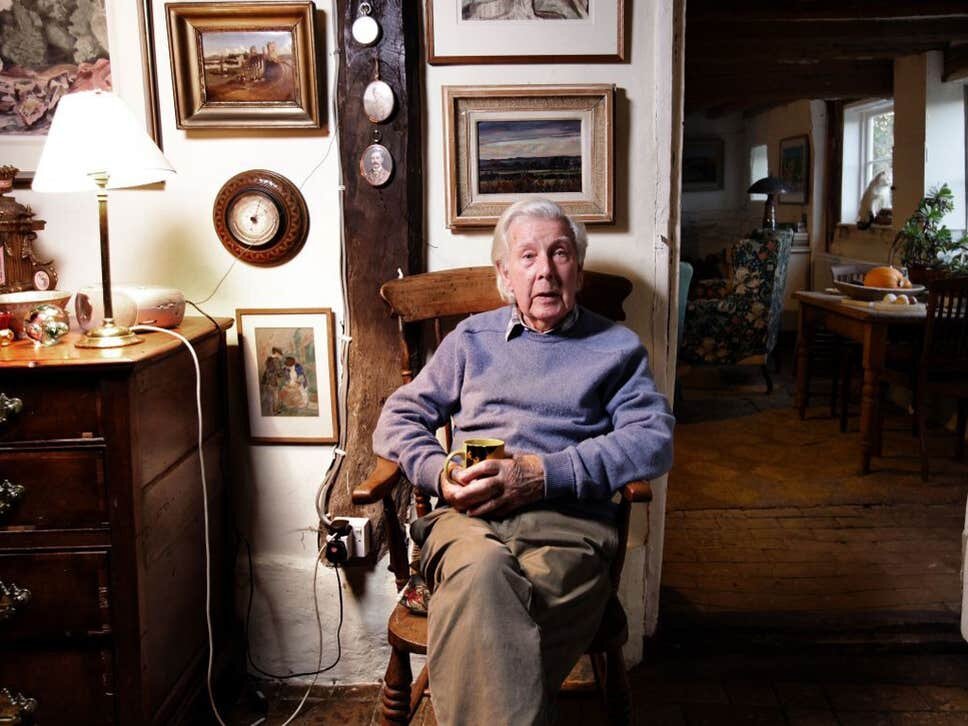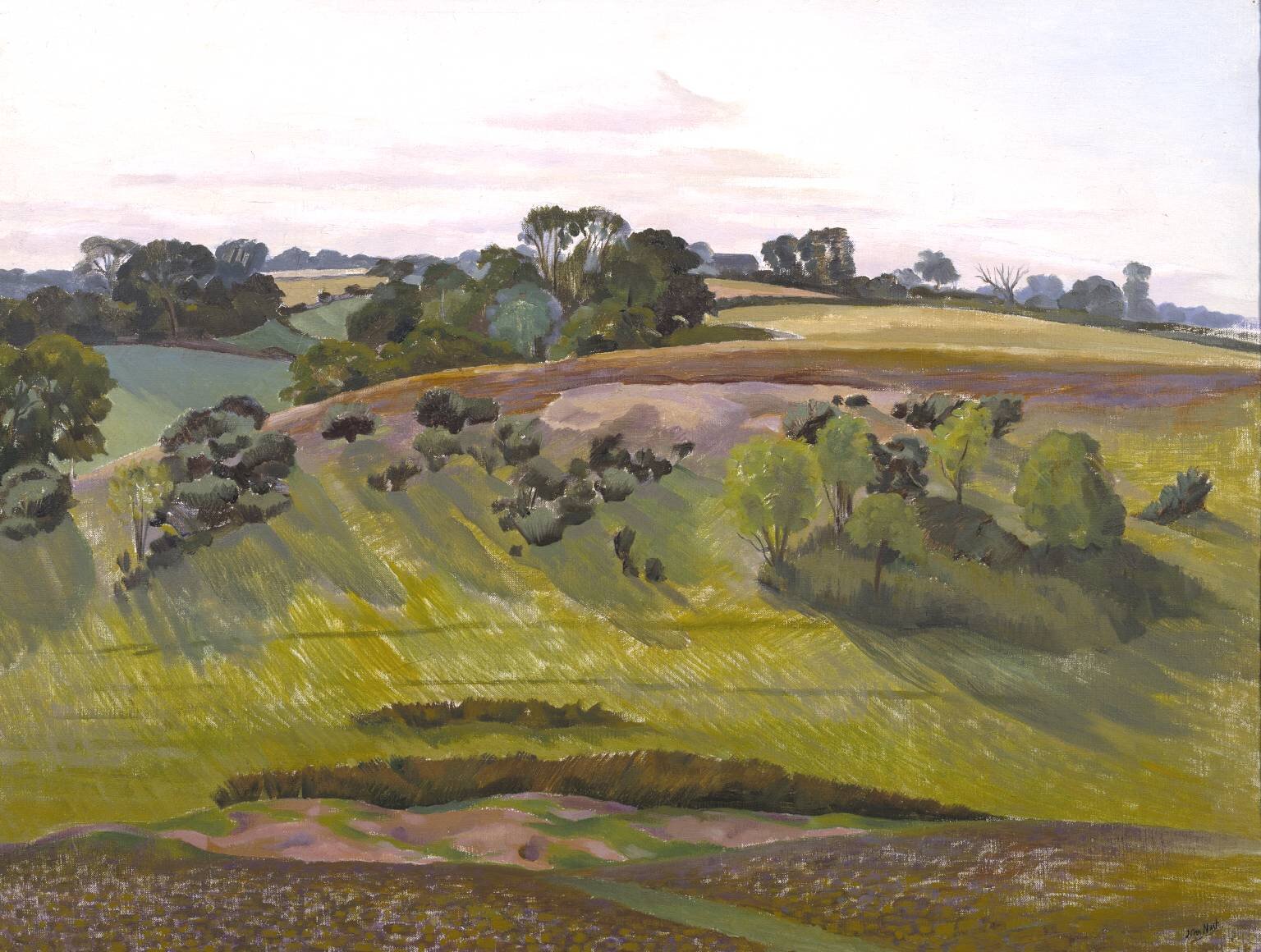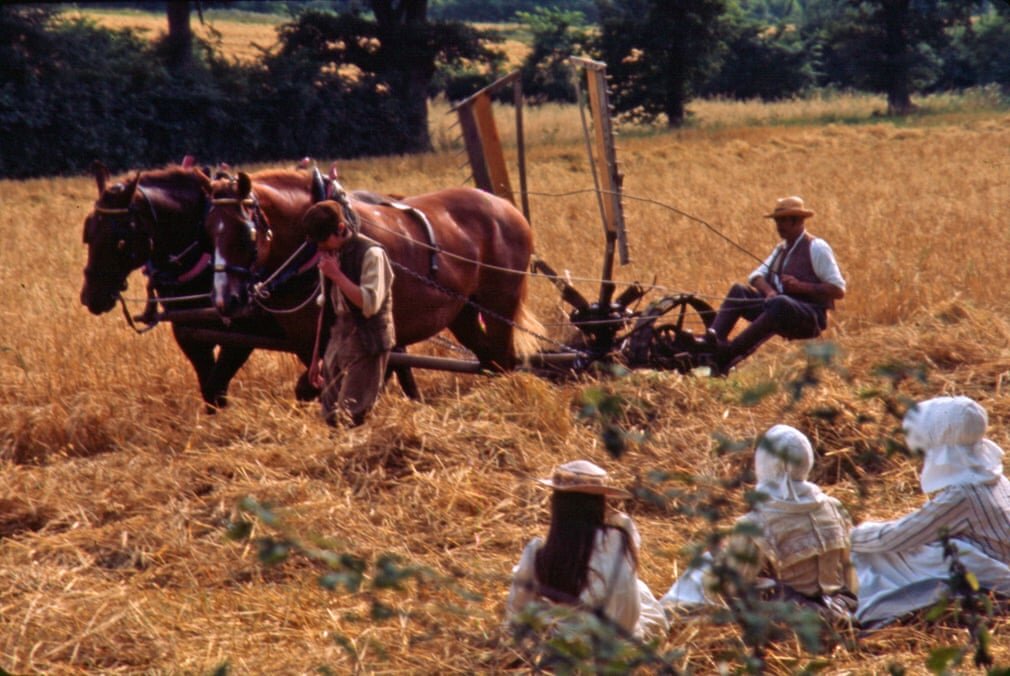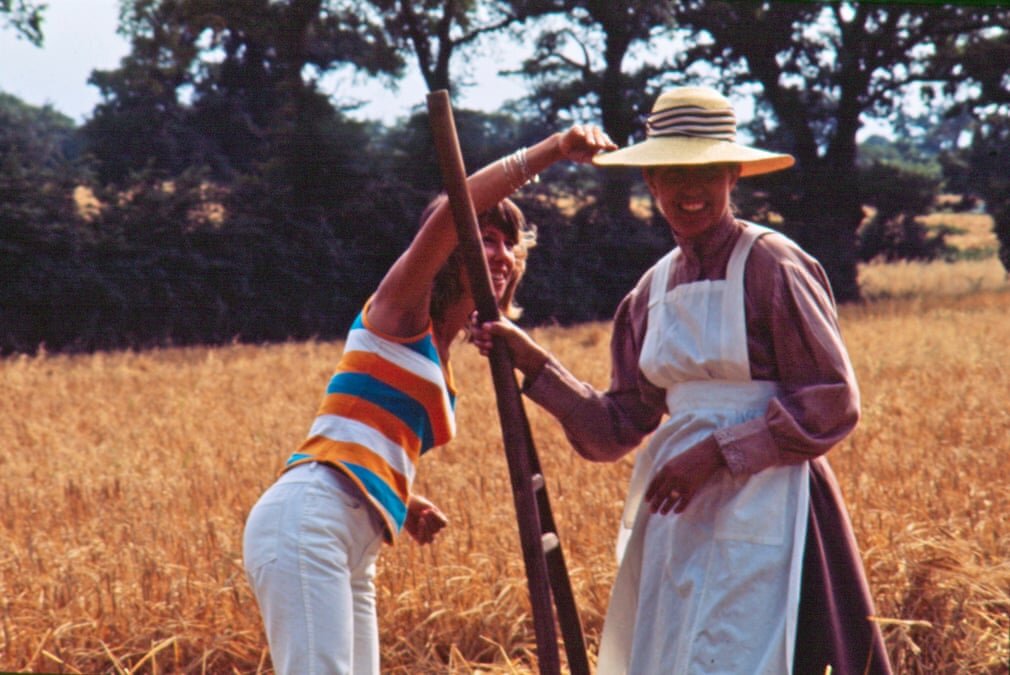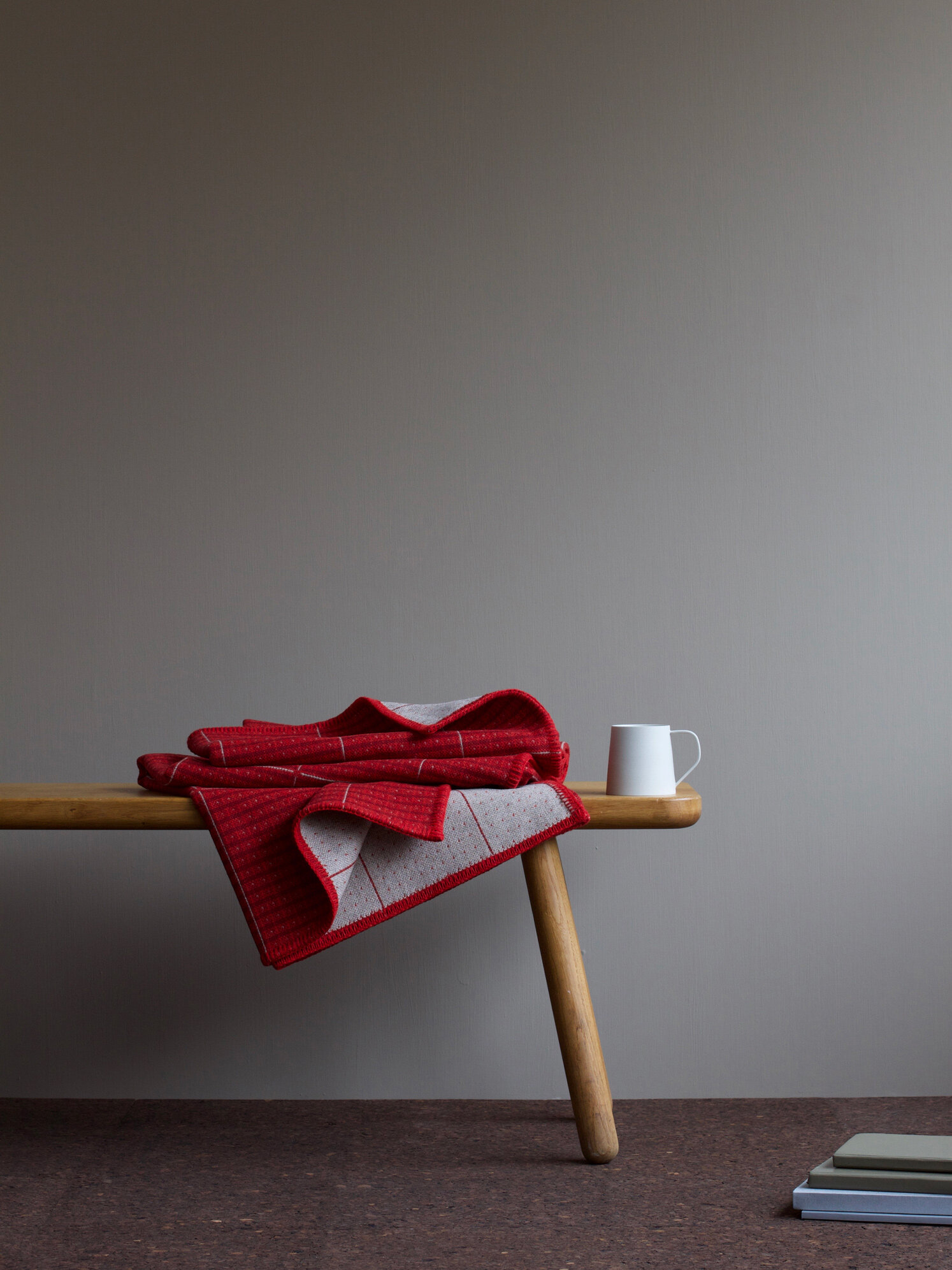Akenfield - the story of a name
Our newest blanket is named for the village of Akenfield – a small ficticious village in rural Suffolk documented in intimate detail by writer Ronald Blythe.
The book: ‘Akenfield – Portrait of an English Village’ was first published in 1969, and is a lovingly clear-eyed view of the village and its inhabitants, spanning the decades from the 1880’s through to the 1960’s. Never sentimental or romanticized, this is a frank and at times searingly honest picture of changing rural life.
Although the village of Akenfield is ficticious, the book is based upon extensive interviews carried out by Blythe with locals in three villages just west of Wickham Market, offering an intimacy bred of long familiarity.
To quote the New York Review of Books:
“Woven from the words of the inhabitants of a small Suffolk village in the 1960s, Akenfield is a masterpiece of twentieth-century English literature, a scrupulously observed and deeply affecting portrait of a place and people and a now vanished way of life. Ronald Blythe’s wonderful book raises enduring questions about the relations between memory and modernity, nature and human nature, silence and speech.”
It is a book that I love, and perhaps the best tribute to the work is by Jan Morris for the New York Times:
“Ronald Blythe lovingly draws apart the curtains of legend and landscape, revealing the inner, almost clandestine, spirit of the village behind. His book consists of a series of direct-speech monologues, delivered by forty-nine Suffolk residents, and interpretatively linked by the author. The effect is one of astonishing immediacy: it is as if those country people have looked up for a moment from their plow, lawnmower or kitchen sink, and are talking directly (and disturbingly frankly) to the reader. This is a brilliant and extraordinary book which raises disquieting second thoughts when the poetry has faded—as Mr. Blythe says, it is like a ‘strange journey through a familiar land.”
Ronald Blythe’s own life is a fascinating one. A local Suffolk lad with a literary bent; he was befriended by artist John Nash and his wife Christine, and joined the painter’s creative social circuit, working for Benjamin Britten at the Aldeborough festival and writing extensively – novels, essays, short-stories, book reviews and columns.
As Blythe observes of himself in a Guardian article:
“What I basically am is a listener and a watcher. I absorb, without asking questions, but I don't forget things, and I was inspired by a lot of these people because they worked so hard and didn't make a fuss. They just lived their lives in a very independent and disciplined way.”
Blythe, now in his late 90’s continues to live in the house left to him by John and Christine Nash by the River Stour which boarders Essex and Suffolk.
The image above, taken by Justin Sutcliffe, is of Blythe at home – from an article in the Independent of 2012 written by Christian House in which he describes it as “…a secret pocket stitched into the fabric of a forgotten country”.
The painting above - from the Tate collection - is by John Nash, of the Suffolk landscape at Assington, just west of the Stour a few miles from his (now Blythe’s) home.
This stretch of the Suffolk-Essex boarder is a landscape I know well, having walked there often with Peter. There is a public footpath which runs along the edge of Blythe’s wooded property, in a secluded valley by a large pond. We always wonder if we will one day meet him at his garden gate, but the house has always been quiet when we walk by.
In 1974 Akenfield was made into a film by the legendary director Sir Peter Hall. The original text was adapted by Blythe to give a stronger narrative thread, and it was made using local Suffolk residents rather than professional actors - bringing a raw authenticity to the voices. The real Suffolk accents are wonderfully thick and particular, and feel almost over-played to the modern ear, now so used to a ubiquitous estuarial tone.
The film has something of a cult status, and was re-mastered in 2016, bringing a new audience to the work. The images above are from a Guardian photo essay documenting the filing process – giving a lovely ‘behind the scenes’ view of the craft of film-making. There’s a wonderful nostalgia in the photos, not only for the lost eras depicted in the film, but also for the honey-toned feel of the summer in 1974 - a more recent past, but somehow equally beyond reach.
Photos:
The Guardian
The Independent
Tate Gallery

